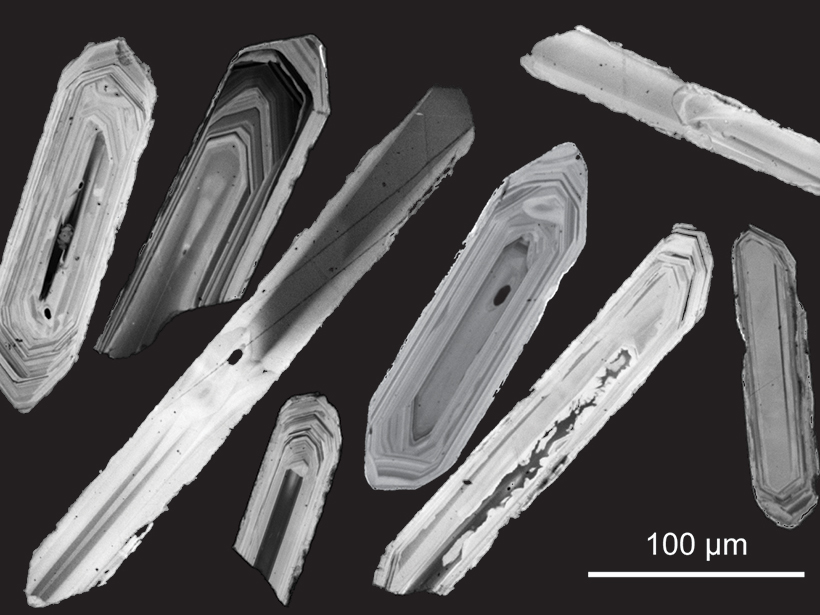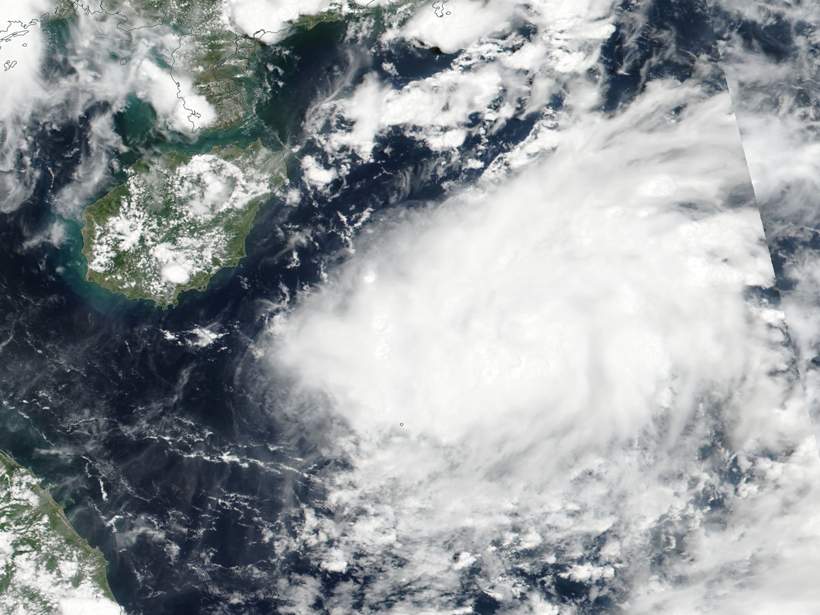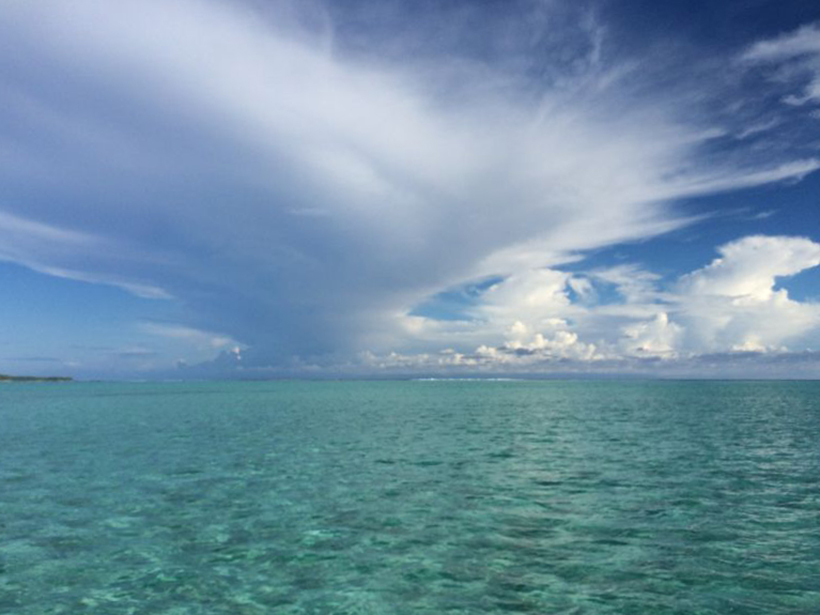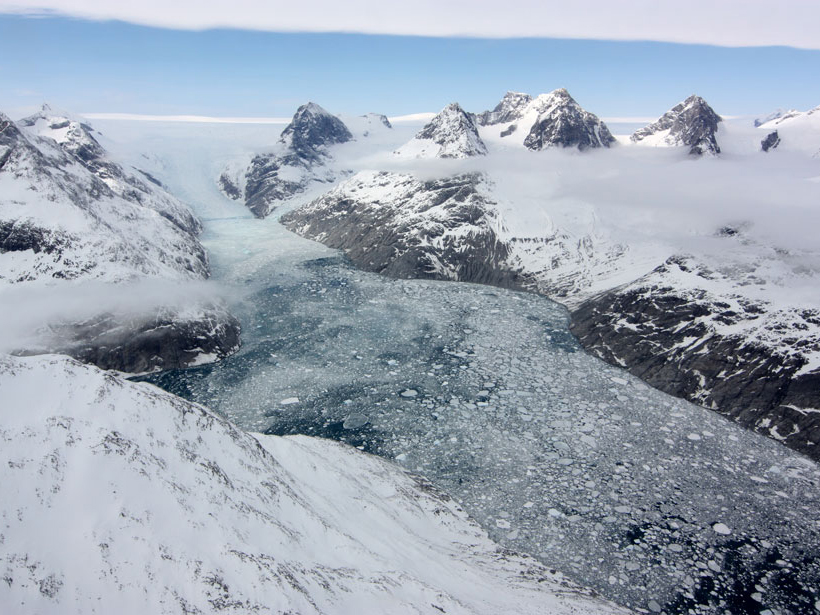Salty snow throws off satellite-based estimates of Arctic sea ice thickness by up to 25%. A new method seeks to fix that.
Research Spotlights
Research spotlights are plain-language summaries of recent articles published in AGU’s suite of 24 journals.
Sandy Beaches Are Hotbeds of Biochemical Activity
A new study explores the role of wet sand in coastal ecology.
Resolving a Mystery of the Ages
High-precision radiometric dates shed new light on the puzzling 600,000-year disparity in the timing of one of Earth’s most pivotal timescale boundaries.
A New Model Yields a Better Picture of Methane Fluxes
Scientists update an old model with recent findings, allowing for a more accurate understanding of methane dynamics in wetlands.
How Earth’s Orbit Affected Ice Sheets Millions of Years Ago
A new study of the late Pliocene era could help scientists predict future sea level rise.
Plumbing the Depths of the Marine Carbon Cycle
Scientists measure dissolved black carbon in South China Sea water samples to better understand the carbon cycle in the oceans, which absorb roughly half of all carbon emitted into the atmosphere.
Oceans May Produce Twice as Much Organic Matter as Usually Measured
Researchers study how oceans respire carbon, reexamining a critical part of the global carbon cycle.
Looking Inside an Active Italian Volcano
Scientists use 3-D imaging to reveal Solfatara crater’s inner plumbing.
Satellites Accurately Capture Ocean Salinity in the Arctic
On-the-ground measurements are notoriously difficult in the harsh environment of the Arctic, but satellites could help close the gap in measuring sea surface salinity.
Space Weather Threat to Australian Power Networks Assessed
Power companies should be cautious during severe solar storms to maintain the integrity of Australia’s power grid, a new study finds.










